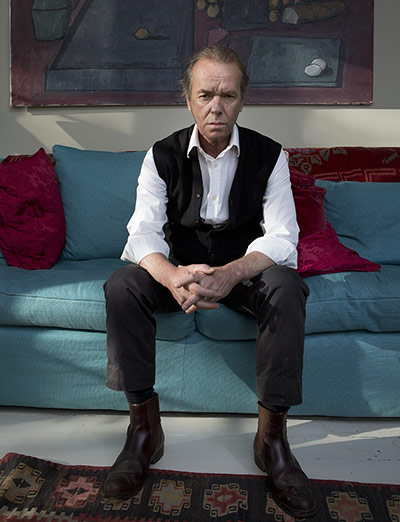
The Information by Martin Amis
Richard is a failing writer who reviews literary biographies for a failing publication called The Little Magazine – for very little money. When not knocking out 1,000-word pieces on the likes of Robert Southey: Gentleman Poet, he’s failing to write his new novel – a novel that, like his others, no one will read. In fact, Richard’s last novel, a thoroughly tricksy postmodern number called Untitled, is so bad it actually causes physical harm to those who do attempt to read it. Richard has only one certainty about his capabilities as a novelist. It is that he’s better than... Photograph: Mike McGregor for the Observer
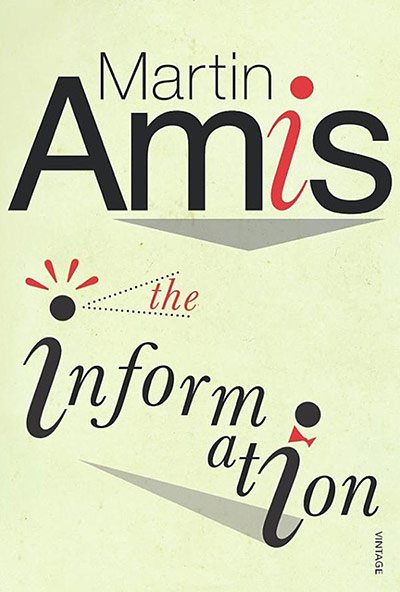
Richard Tull’s foil in The Information
Gwyn and Richard are old friends; both of them are writers who live near each other in west London. The similarities end there. Because everything Gwyn touches turns to gold. His second novel, Amelior, a kind of bland utopian fairytale described by Richard as being packed with “naively pompous semicolons, freedom from humour and incident, and hand-me-down imagery”, becomes a surprise monster bestseller. Gwyn is venerated, lives in a huge Holland Park mansion and has a gorgeous aristocratic wife. Logically enough, Richard gives up on literature and devotes his life to trying to destroy Gwyn. The Information is, I think, the most seriously underrated of Amis’s novels Photograph: PR
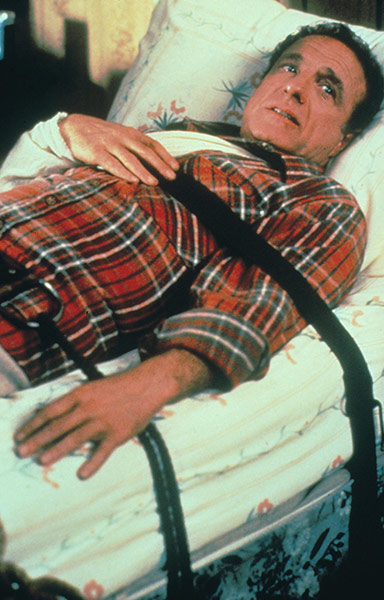
Misery by Stephen King
Sheldon, a novelist who is taken hostage by his “No 1 fan”, is now so bound up with James Caan, who played him in the hugely successful movie adaptation, that it’s hard to think of him as anyone but Caan. There are some crucial differences that make it worth reading the novel, however. Not least the fact that when Annie Wilkes performs the famous “hobbling” operation in the book, she doesn’t, as she did in the film, smash his ankles with a sledgehammer. No, she saws off his feet and blowtorches the stumps to cauterise them. A fine example of what you can do on the page that you can’t do on the screen Photograph: Moviestore Collection/Rex Features
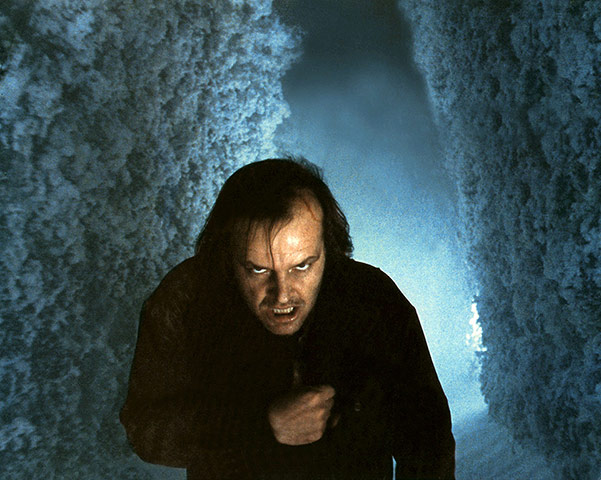
The Shining by Stephen King
Another King novel, yes, and another featuring a (very blocked) novelist as the central character, one who only fully makes sense after you read King’s memoir, On Writing. Torrance is dry-drunk, a recovering alcoholic trying to break his writer’s block and remain off the booze. It was close to King’s heart – by the late 70s (as revealed in On Writing), he was putting away the best part of a case of beer and a couple of grams of cocaine a day, terrified that if he ever stopped he might lose the streak of form that had given him Carrie, Salem’s Lot and The Shining in three short years. And, as we all know, all work and no play makes Jack a dull boy... Photograph: Cinetext/Allstar
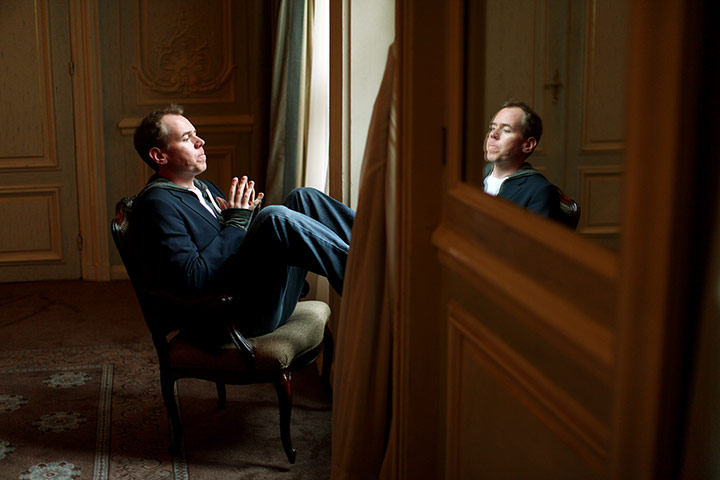
Lunar Park by Bret Easton Ellis
A novel masquerading as a fake autobiography, one in which Ellis has married a movie star, moved to the suburbs and is trying to cut back on his drinking, get on with his new novel and function as a creative writing teacher and a step-parent. (Sound familiar? Stephen King was a huge influence on Ellis.) Everything unravels as Ellis’s past comes back to – literally – haunt him. The final two pages of Lunar Park see Ellis reaching for his high style – they are about the most beautiful few hundred words he has ever written Photograph: Graeme Robertson for the Guardian
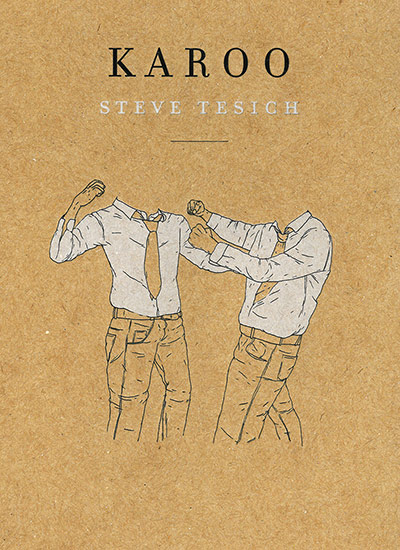
Karoo by Steve Tesich
Saul is a divorced screenwriter, a highly paid script doctor (like my own Kennedy Marr) who is brought in to fix movies that aren’t quite working. He’s also a lonely divorcee trying to reconnect with his son. Among many other things – a meditation on middle age, on the art of screenwriting, on family – this unfairly obscure novel is one of the best satires on Hollywood ever written. (Tesich knew his stuff – he won the Oscar for best original screenplay for Breaking Away in 1979.) Sadly, the book was published posthumously in 1998: the author suffered a fatal heart attack at 53, just after completing it Photograph: PR
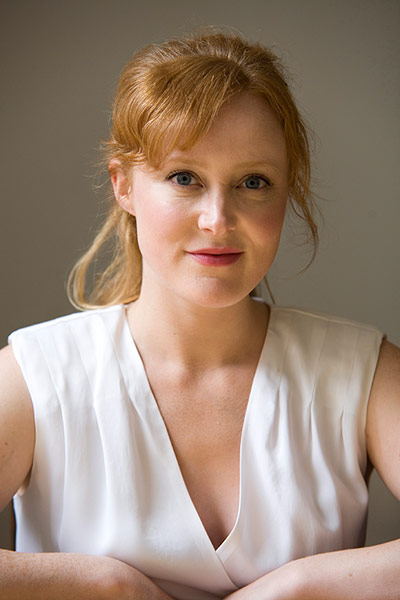
Hungry, the Stars and Everything by Emma Jane Unsworth
Helen Burns is a food critic who is sent to review a mysterious new restaurant. During the course of the long, solo meal, each glorious dish takes her into a Proustian rush of memory, down the various rabbit holes of her past. It’s a simple, straightforward narrative device that lets Unsworth get on with the more difficult business of Helen trying to untangle her previous relationships and her family history, trying, as she enters her 30s, to make sense of where she’s been and where she’s going. A brilliant debut novel Photograph: PR

Pale Fire by Vladimir Nabokov
The novel (one of Nabokov’s most “difficult”, famously described by Mary McCarthy as a "jack-in-the-box, a Fabergé gem, a clockwork toy, a chess problem") is actually presented as a 999-line epic poem written by the venerated poet John Shade. The poem is, however, furiously annotated by the novel’s narrator, Charles Kinbote, an acolyte of Shade’s who, we come to suspect, has probably murdered him. Kinbote – perhaps the most unreliable of all unreliable narrators – is gradually revealed to be pompous, self-serving and, finally, insane. I first read this at university, where I thought trying to understand it might cause me to go insane. I try to read it every other year now Photograph: PR
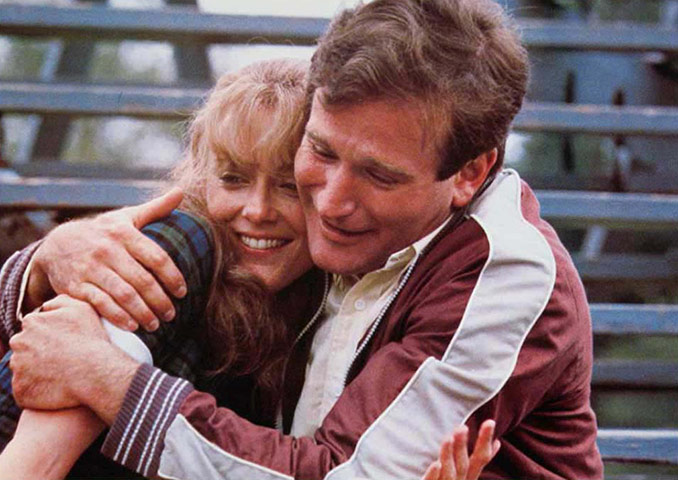
The World According to Garp by John Irving
I was 17 and in my final year of school when I discovered this book, and it was, I think, the first literary novel I read of my own choosing. Garp is a novelist and I was entranced by his day at the typewriter, by his cooking – the scene where he roasts green peppers over the open flame of the stove – and by his housebound pottering. I loved the way he stockpiled telephone directories and used them to obtain names for his characters, a technique I purloined and still use today. As much as anything, Garp made me want to be a writer Photograph: PR
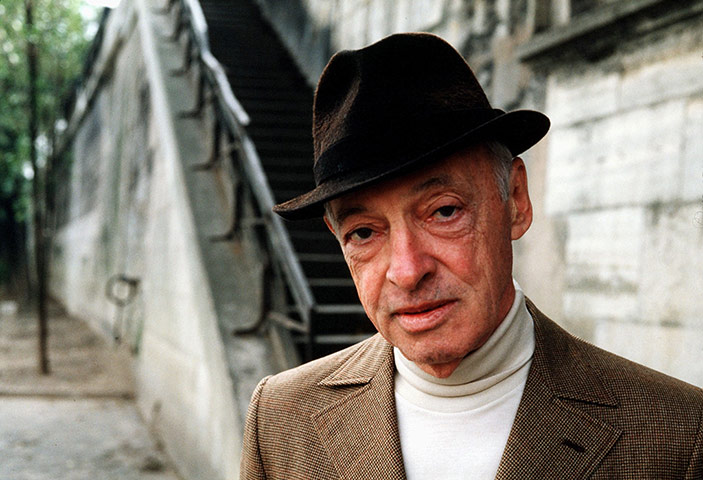
Herzog by Saul Bellow
Writer, academic, cuckold and divorcee, Moses is forever scribbling letters he will never send – an attempt to order his mind as he stumbles into middle age. In many ways Herzog is the ultimate midlife crisis novel. I first read it in my 20s and, while I admired it, I had no idea how much profundity it would have gained when I reread it in my 40s. A powerful reminder that books are not inert – they grow with us. There they sit on the shelf, waiting, quietly gathering force Photograph: Sipa Press /Rex Features

